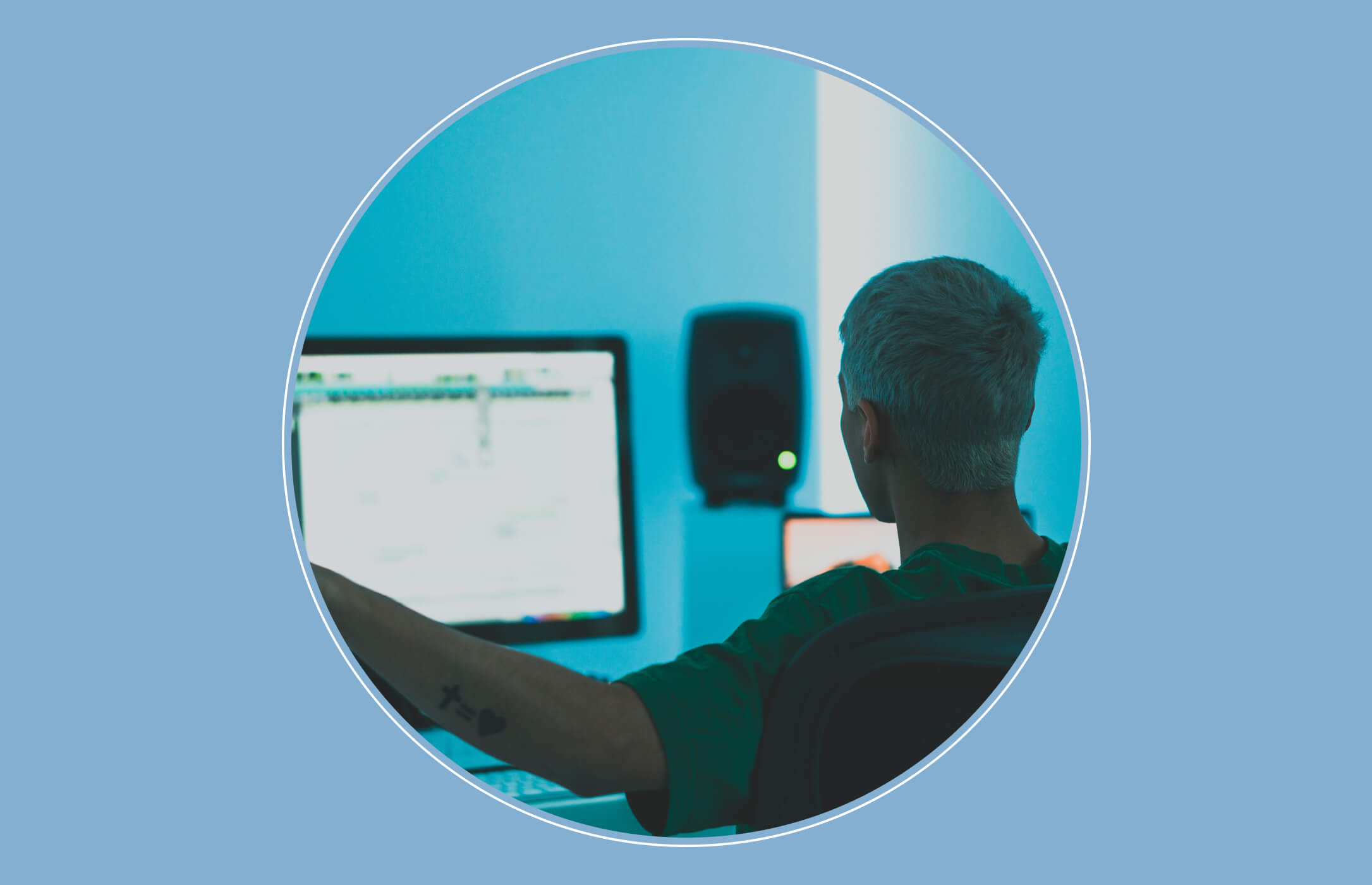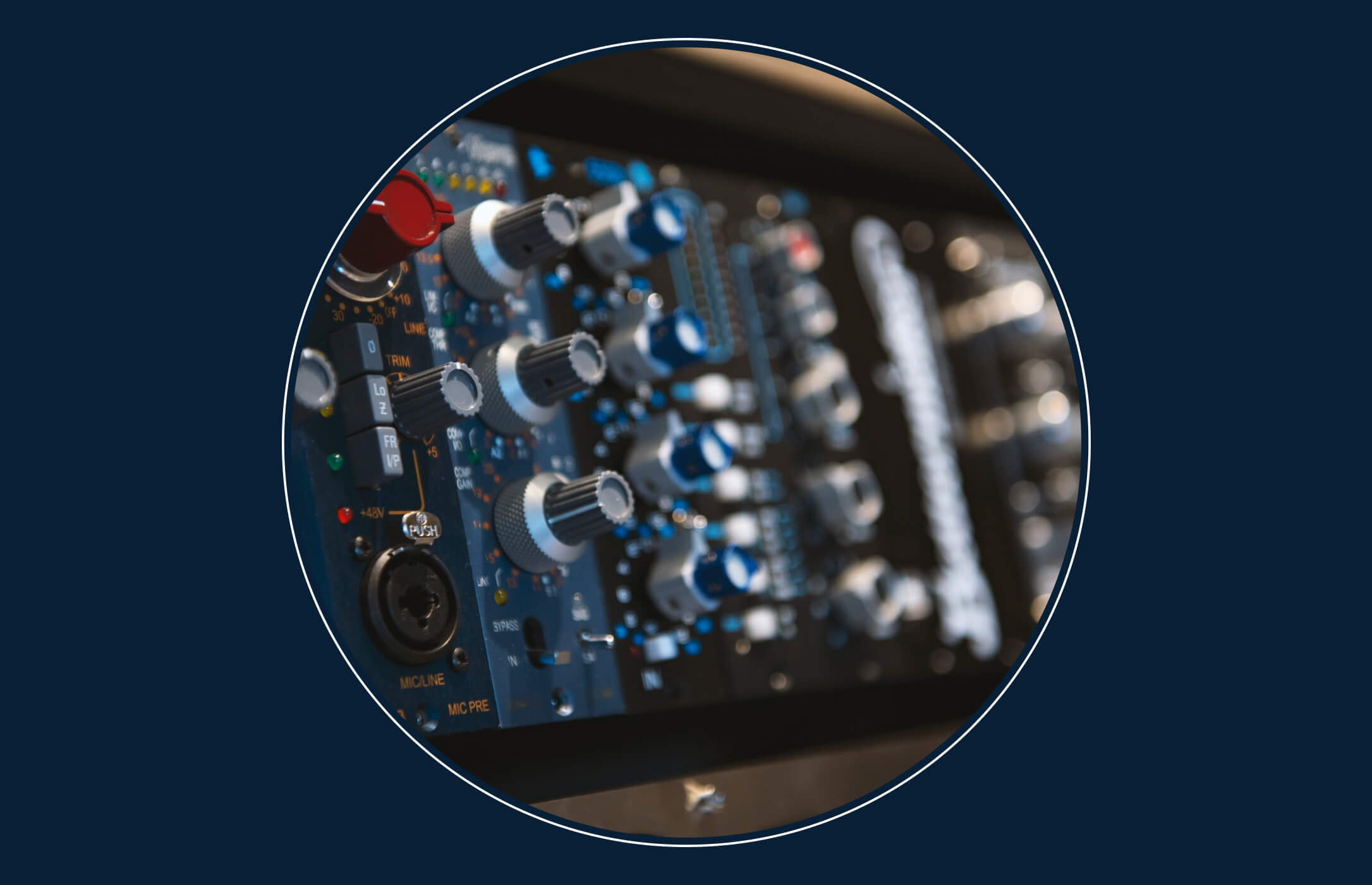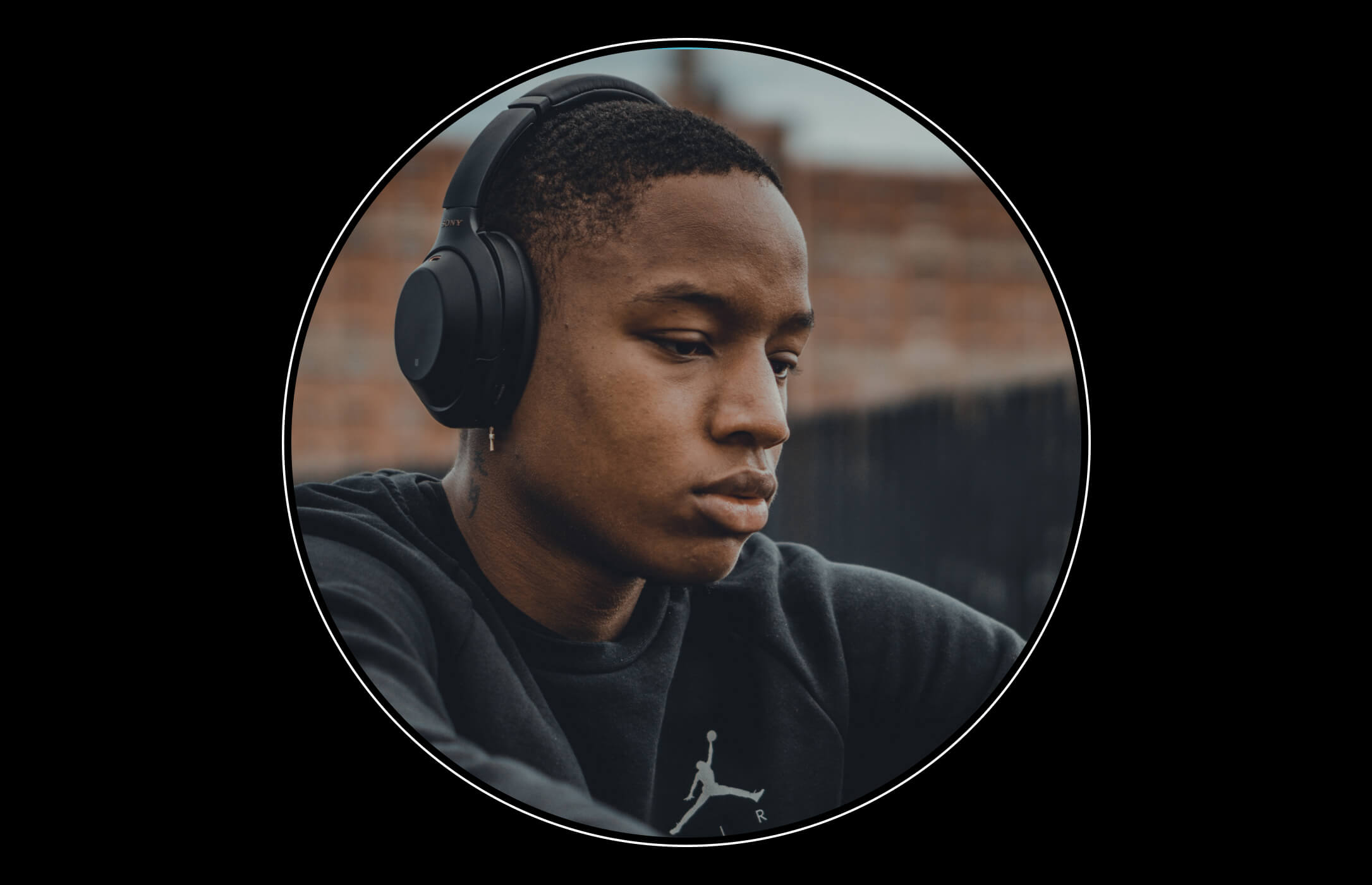3 tips to referencing your mix on multiple playback systems
Image By Brad Cuzen
Production standards of today’s music industry have increased since the days of recording on large, multitrack analog consoles. In today’s production landscape, good audio quality is more accessible to everyone looking to start a career in the industry. However, the ease of accessibility to quality comes with a price; and that is the increase in expectations for all new producers, engineers and songwriters.
Since it’s much easier today to purchase good quality audio equipment and software, labels and publishers have also increased their requirements for production. These days, the quality of demos have to be close to the quality of a track ready for release. The music track has to be fully arranged, edited and mixed, and even the demo vocals need to be fully produced. Also, with production deadlines decreasing, producers and songwriters have less time to produce tracks, which means less time to arrange, edit and mix. With such high expectations in such a short amount of time, the majority of producers and songwriters are pressured to mix their own productions, instead of sending them out to mix engineers like in the traditional production landscape.
In this article we’re going to talk about 3 tips to referencing your mix on multiple playback systems, allowing producers and songwriters to achieve the best mix they possibly can with what they have to work with.
Know your mains the best, but be familiar with the rest.
A common mistake new producers make when referencing on different playback systems is that they don’t take the effort to make sure they actually know what they’re listening for on each system. It’s much more than just making sure everything sounds good on all of them.
Most, if not all, of the playback systems you’re listening on should be familiar to you in different ways. For myself, I get 85% of my mix done on my mains, which are Adam S3X-Hs, these are the monitors I’m most familiar with and get the best results with. The last 15% of my mix is done on a multitude of earphones, headphones and speakers, each with a specific characteristic I look out for. For me these are the Audio Technica ATH-M60x, Audio Technica ATH-AD2000x, Aurisonics Rockets In-Ears, and the playback system in my 8th Gen Honda Civic. These devices can be anything to each individual, they don’t have to all be professional audio products, they just have to be very familiar to you.
In my case, on the M60x, I’m listening for two things; first is how the bass instrument sits compared to the kick and the rest of the mix, because it’s what’s glue-ing the kick drum to everything else; secondly I’m listening for my reverb levels because I know that on the Adam’s, my reverb representation is not as accurate as they are in the M60x.
In my Civic for example, I’m mainly listening to the balance of the main elements of the mix; ie vocals, kick, snare, and main midrange instrument. This tells me whether or not the most important things can be heard clearly in consumer audio devices.
With each device I reference, I’m looking out for different things because these things are what stands out the most to me on each specific device. The culmination of all these different things and being able to pinpoint them specifically on the different devices is what makes the entire mix come together sounding great as a whole.
Listen at different levels
A lot of times during active listening, we have the tendency to turn our devices up in order to be able to hear everything clearly. However, in a lot of situations, most people don’t actually listen at those levels. Especially if we’re listening to music while going about our daily tasks, chances are we’d be listening at a lower, more comfortable level. This is why it’s very important to listen to your mixes on these various devices at a lower volume than you would if you were actively listening.
One of the most important things I look out for while listening at lower levels is whether all the important information is still easily heard; things like the kick, snare, bass, main midrange instrument and of course vocals. If all these elements can be heard clearly at low volume across all the devices, chances are the mix is pretty much good to go.
Listen while being distracted
This is related to the previous point where the idea is to listen in a situation people listen in; ie while they’re going about doing their daily tasks. I always do the very last listen of my mixes on each device while going about a different task. This could be browsing social media, looking at plugins online, or even online shopping.
Sometimes you don’t pick up on some things which are off in the mix because you’ve been actively listening to them over and over again, and have already gotten used to them. This is when those things will stand out again. It could be a very minor vocal timing correction, or snare drum placement, or really anything to do with the mix. When something is off with your mix, your attention will be taken away from whatever you’re doing when it happens. So take note of where in the song it happens, and continue listening on while going about a different task.
At the end, there’s probably at least 1 or 2 things you’d go back and look at in the mix before finalizing it.
Written By Edric Hwang



